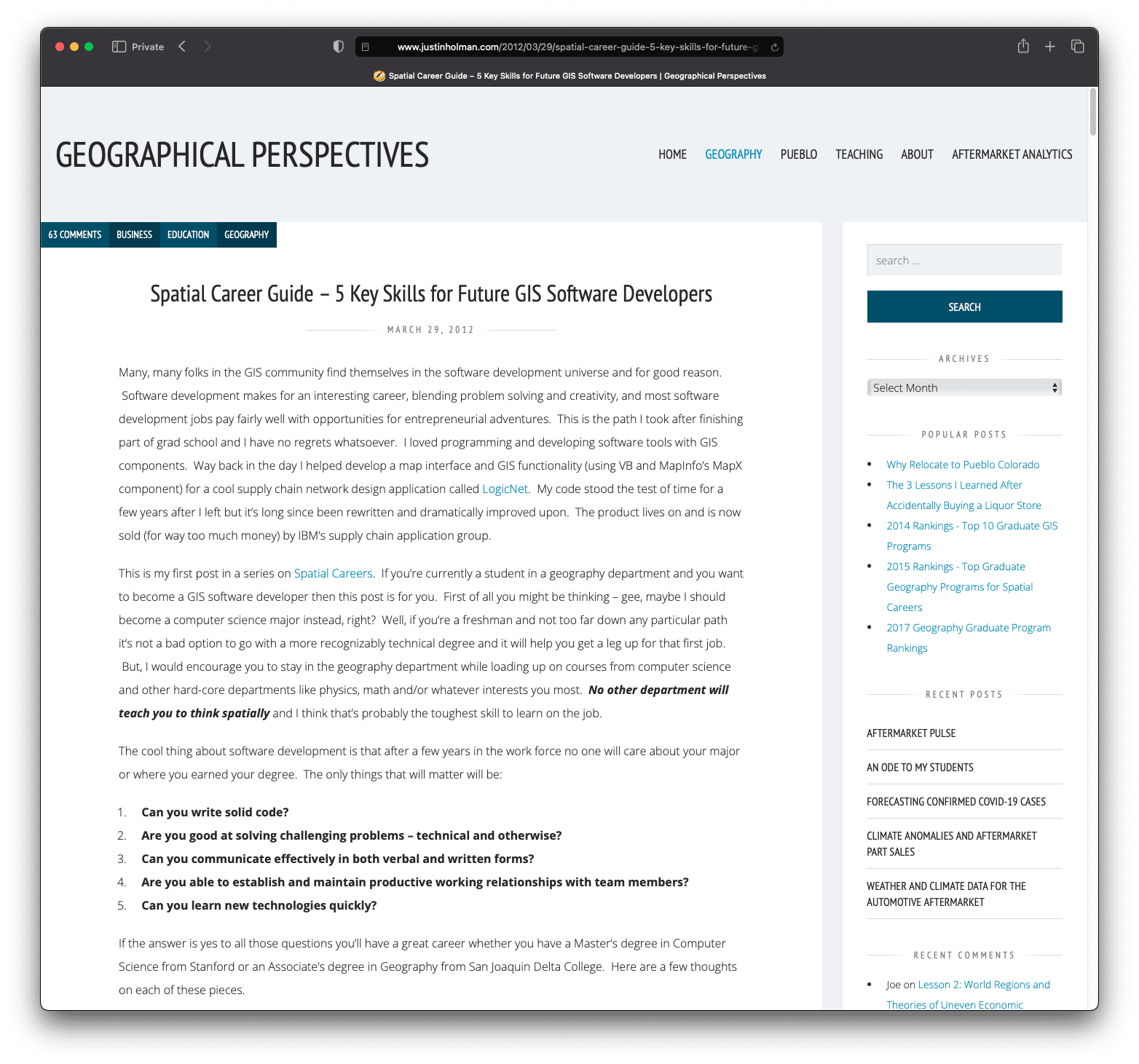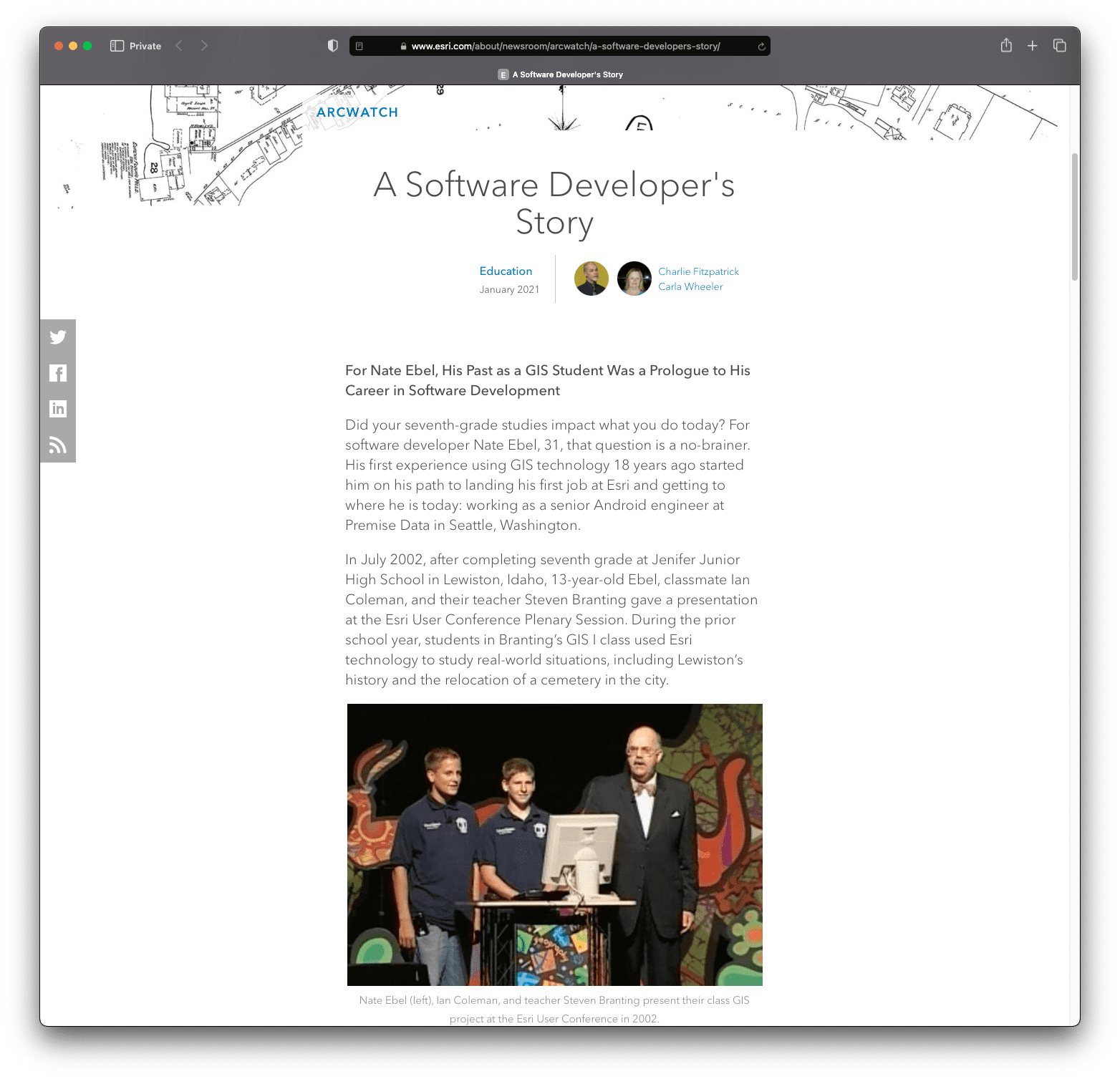By Shahabuddin Amerudin
Introduction
Large-scale solar farm development has gained significant attention globally as a viable renewable energy solution. However, it is crucial to thoroughly evaluate and address the potential impacts of such projects on local weather patterns. This article explores the technical application of Geographic Information Systems (GIS) in assessing and mitigating the adverse effects of expansive solar farm developments on local microclimates, airflow patterns, and ecological systems.
Assessing Location Suitability
GIS plays a pivotal role in conducting precise location suitability analyses prior to solar farm development. By integrating various datasets and employing geospatial analysis techniques, GIS enables comprehensive evaluations of potential sites. For instance, a study by Xu et al. (2017) utilized GIS-based multi-criteria decision analysis to identify suitable locations for solar farm development based on factors such as solar radiation, slope, and land use suitability.
Microclimatic Analysis
GIS facilitates the collection and analysis of meteorological data for assessing microclimatic conditions. Through spatial interpolation techniques, GIS generates detailed maps and grids of temperature, humidity, wind patterns, and solar radiation across the target area. These maps aid in evaluating the potential influence of solar farm installations on local microclimates, ensuring the preservation of favorable conditions for the surrounding environment (Li et al., 2018).
Airflow Modeling
The alteration of airflow patterns due to solar farm infrastructure requires careful analysis. GIS-based airflow modeling incorporates data on terrain characteristics, wind speed, and direction to simulate wind movement around solar panels and infrastructure. Such modeling techniques predict potential changes in local wind patterns caused by solar farm installations, minimizing disruptions to natural airflow and mitigating impacts on weather patterns (Fadaee et al., 2019).
Habitat Preservation and Restoration
GIS is a valuable tool for mapping and analyzing habitats in the project area. Integrating data on species occurrences, protected areas, and vegetation types, GIS helps identify ecologically sensitive areas. This information facilitates the planning and implementation of measures such as habitat restoration, wildlife corridors, and green space preservation, ensuring a balanced and sustainable environment (Koellner et al., 2017).
Community Engagement and Stakeholder Analysis
Effective community engagement is essential for successful solar farm development. GIS aids in integrating social data, such as population demographics and land ownership, into decision-making processes. By mapping and analyzing community perspectives, GIS enables developers to incorporate concerns and preferences into project plans, fostering collaboration with stakeholders (Gavrikov et al., 2016).
Conclusion
The utilization of Geographic Information Systems (GIS) provides a technical and comprehensive approach to address the local weather effects of large-scale solar farm development. Through GIS-based analyses, including location suitability assessments, microclimatic evaluations, airflow modeling, habitat preservation, and stakeholder engagement, potential negative impacts can be identified and effectively mitigated. Studies by Xu et al. (2017), Li et al. (2018), Fadaee et al. (2019), Koellner et al. (2017), and Gavrikov et al. (2016) demonstrate the practical application and effectiveness of GIS in solar farm development. By integrating spatial data and advanced geospatial techniques, solar farm developers can make informed decisions to ensure environmentally sustainable projects that harmonize with local weather patterns and preserve ecological integrity, fostering a greener and more resilient energy future.
References
Fadaee, M., Santamouris, M., Marín, J.M., & Saremi, H. (2019). Investigating the wind flow patterns around a large-scale photovoltaic farm using computational fluid dynamics. Applied Energy, 250, 354-365. doi: 10.1016/j.apenergy.2019.04.089
Gavrikov, V., Kopeva, D., & Simova, I. (2016). Application of GIS for public participation in wind energy planning. In Proceedings of the 20th International Scientific Conference “Engineering for Rural Development” (pp. 1656-1662). Latvia University of Agriculture.
Koellner, T., Sganzerla, D., Lurz, R., & Binder, C.R. (2017). Environmental impacts of photovoltaic systems—What do we know? Implications for planning and policy. Renewable and Sustainable Energy Reviews, 80, 495-509. doi: 10.1016/j.rser.2017.05.244
Li, Y., Liu, J., Zhang, Y., Hu, Z., Wang, L., & Li, C. (2018). Effects of solar farms on local microclimate and heat balance. Renewable Energy, 118, 395-404. doi: 10.1016/j.renene.2017.11.069
Xu, M., Yang, L., & Zhai, X. (2017). Suitability analysis of solar farms at the county level using GIS-based multi-criteria decision analysis. Journal of Renewable and Sustainable Energy, 9(5), 053101. doi: 10.1063/1.5006405
Suggestion for Citation: Amerudin, S. (2023). Leveraging Geographic Information Systems (GIS) to Assess and Mitigate the Local Weather Effects of Large-Scale Solar Farm Development. [Online] Available at: https://people.utm.my/shahabuddin/?p=6464 (Accessed: 13 June 2023).



